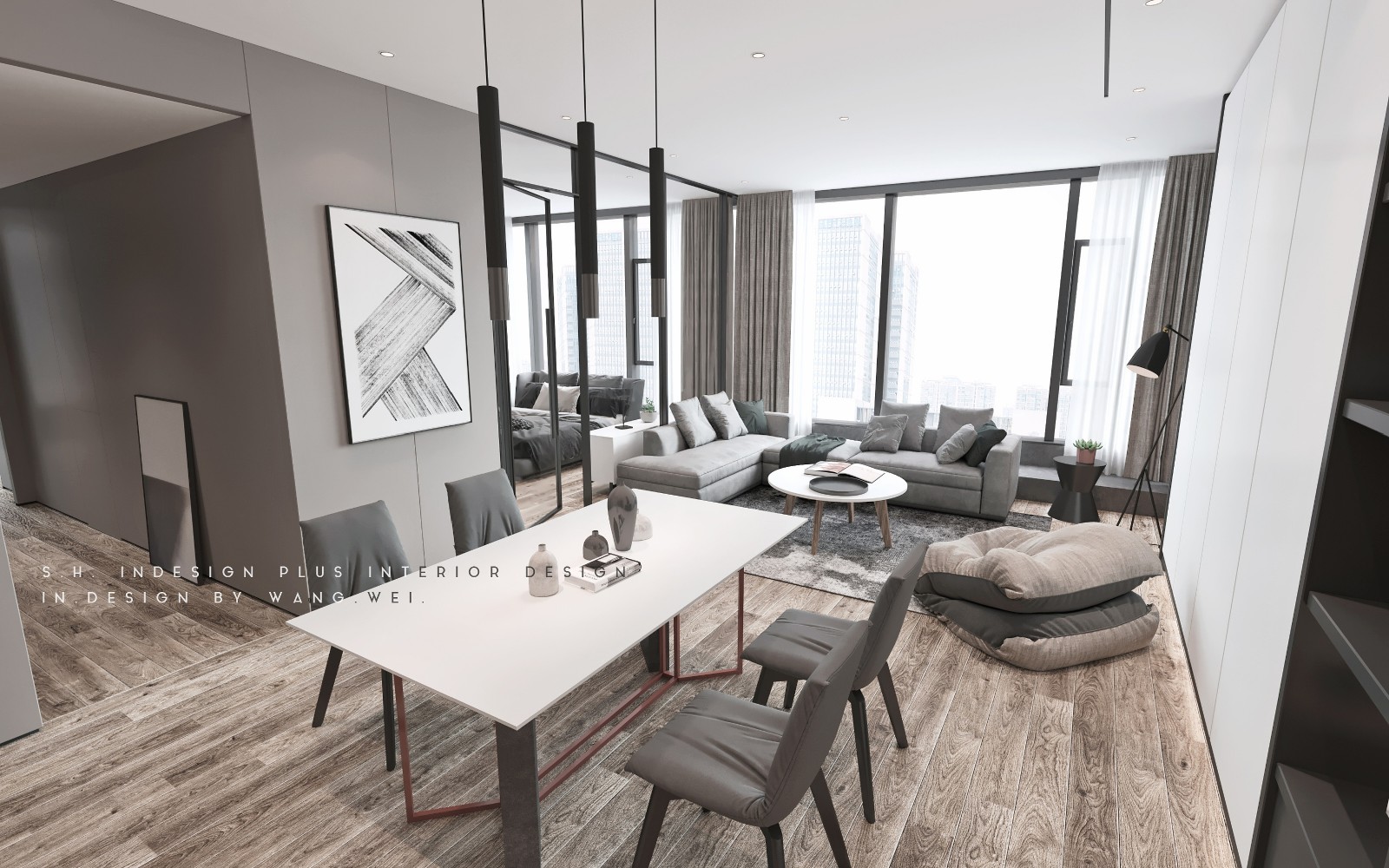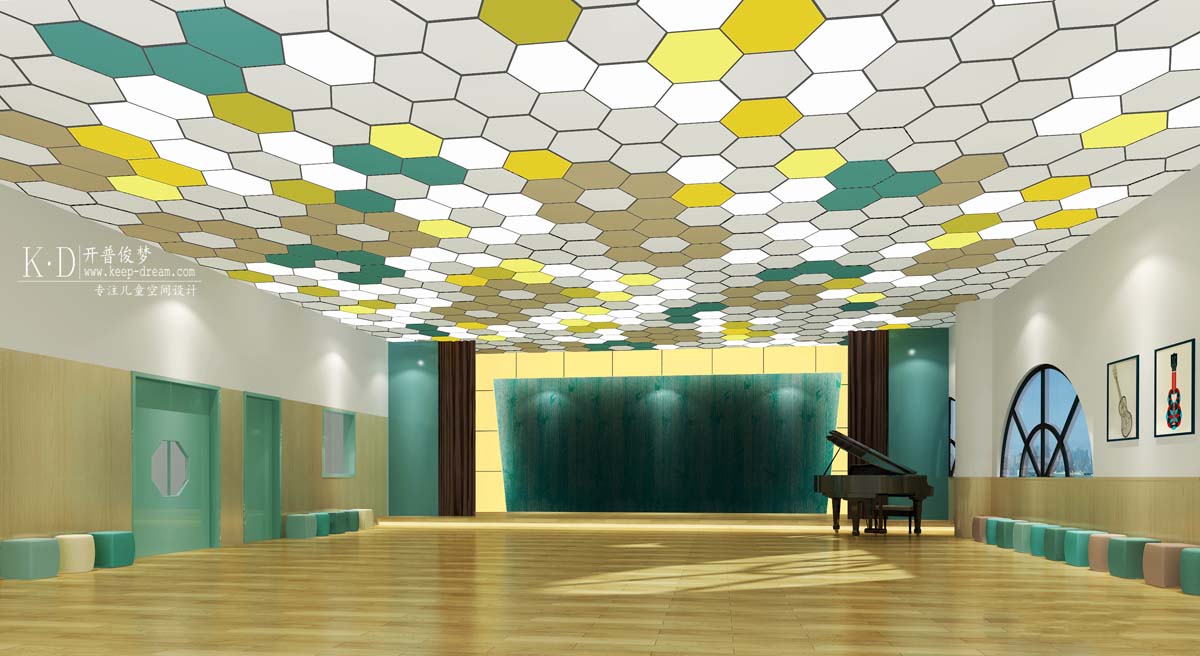Bistro EK dekleva gregorič architects
2018-03-12 03:00
© Flavio Coddou
(Flavio Coddou)


架构师提供的文本描述。19世纪卢布尔雅那街角的空荡荡和被遗忘的半地下室空间,面对着河边和一条很少人光顾的楼梯街,过去住着各种各样的企业,从当地的肉店到一家葡萄酒批发店。在一个星期六的早晨,我们收到了一份完整的技术要求清单,我们收到了一份完整的早午餐,主厨在那里列出了未来小酒馆要供应的全部菜单。这个美味的介绍帮助我们了解了食物的特性、准备的重要性以及早午餐仪式的复杂性。
Text description provided by the architects. The empty and forgotten semi-basement space in the 19th century Ljubljana corner building, which faces the riverside and a rarely frequented stairs-street, housed diverse ventures in the past, from a local butcher shop to a wholesale wine store. Instead of a full list of technical requirements, we received our brief one Saturday morning in the form of a full course brunch, where the chef laid out the whole menu to be served in the future bistro. This delicious introduction helped us understand the identity of the food, the importance of its preparation and the complexity of the brunch ritual.
Axonometry


© Flavio Coddou
(Flavio Coddou)


在讨论食物和使用的原料时,从鸡蛋本笃到沙克舒卡,我们概念化了与菜单相关的项目。食物并没有隐藏食材,而是公开地披露了它们,所以我们以同样坦率的方式展示了这个空间:通过拆除墙壁和天花板,我们从几十年的灰泥中揭开了这个空间的历史。裸露的墙壁揭示了过去的记忆,在19世纪的城镇建筑中,砖石和砖瓦的混合建筑是典型的底层建筑。灯的固定装置也同样被剪回,除了裸露的灯泡附在铜线上,铜线与天花板和墙壁相连,然后在木地板和砖墙之间的空隙中消失。
Whilst discussing the food and the ingredients used, from eggs benedict to shakshuka, we conceptualised the project in relation to the menu. The food wasn’t concealing the ingredients, but rather disclosed them openly, so we unveiled the space in a similarly candid way: by stripping down the walls and ceiling, we unveiled the space’s history from underneath decades of plaster. The naked walls revealed memories from times past, with a mixed construction of brick and stone and brick vaults typical of ground floors in 19th-century town structures. The light fixtures are similarly pared back, with nothing but bare bulbs attached to copper wiring, which runs against the ceiling and wall, then disappears in the gap between wooden floor and brick wall.
© Flavio Coddou
(Flavio Coddou)


定制设计的白色大理石桌参考了传统的法国小酒馆的形式,以方形板的形式,支撑着黑色钢条的钢架。他们的小尺寸和形状允许各种安排的座位布局,以适应个人,夫妇或私人团体的设置。这些薄薄的黑色结构也以空间结构的形式出现在食品展示墙上,支持定制的兵马俑碗和重新定义一般货架的平板。Corten钢被用作重新发现的砖墙的系统附加物。它将从入口门到窗户开口的墙壁开口的所有不规则的框架,同时用定制的隔墙完全包围厕所。
Custom designed white marble tables reference the traditional French bistro table in the form of a square slab supported by a wireframe of black steel bars. Their small size and shape allow for various arrangements of the seating layout, adapting to individuals, couples or private group setups. The thin black structures are also featured on the food showcase wall in the form of a spatial structure, supporting custom made terracotta bowls and flat plates that redefine generic shelves. Corten steel was used as the systemic addition to the rediscovered brick walls. It frames all the irregularities in the wall openings from the entrance door to the window openings while fully enclosing the lavatories with custom-made partition walls.


© Flavio Coddou
(Flavio Coddou)
































































































































Architects dekleva gregorič architects
Location Petkovškovo nabrežje 65, 1000 Ljubljana, Slovenia
Project Team Aljoša Dekleva u.d.i.a. M.Arch. (AA Dist), Tina Gregorič u.d.i.a. M.Arch. (AA Dist), Martina Marčan mag. ing. arch., Silvia Susanna mag. arch.
Area 74.0 m2
Project Year 2017
Photographs Flavio Coddou
Category Adaptive Reuse
Manufacturers Loading...
























